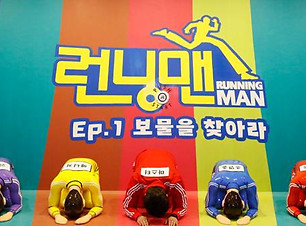
Best Travel in Korea
TEL : +82-2-765-9621

FOREIGN TOUR KOREA
Visit Korea & Seoul City Tour
THE CITY TOURS


H1 Palace Half day tour
a,m : 09:00-12:30 p ,m : 13:00-17:00
Hotel-Jogyesa-Changing of the Guard at Gyeongbok Palace
Gyeongbok Palace-Folk Museum-Ginseng Center-Hotel
not more than 6 or more people - Ask for a quote
1 P/P : ₩ 62,000 min. 5 people

F2 Seoul full day tour 09:00-18:00
Hotel-Namsan N Tower-Hanok Village-Lunch-Pass by Blue House-Changing of the Guard at Gyeongbok Palace
Gyeongbok Palace-Folk Museum-Jogye Temple
Ginseng Center-Hotel
not more than 6 or more people - Ask for a quote
1 P/P : ₩ 98,000 min. 5 people

H2 Cultural Heritage Half Day Tour
a.m : 09:00-12:30 p.m : 13:00-17:00
Hotel-Changdeok Palace
(Monday: Bukchon Hanok Village)
Insadong-Free Duty -Hotel
not more than 6 or more people - Ask for a quote
1 P/P : ₩ 66,000 min. 5people

F3 Gyeongbok Palace & Folk Village Tour
09:00-18:00
Hotel - Korean Folk Village-Lunch-
Changing of the Guard at Gyeongbok Palace
Blue House-Gyeongbok Palace-Folk Museum
Dongdaemun DDP - Duty Free Shop - Hotel
not more than 6 or more people - Ask for a quote
1 P/P : ₩ 129,000 min. 5 people

H3 Seoul Outlook Half Day Tour
a.m : 09:00-12:30 p.m : 13:00-17:00
Hotel-N amsan Tower-Bukchon Hanok Village
Ginseng Center-Namdaemoon Market-Hotel
not more than 6 or more people - Ask for a quote
1 P/P : ₩ 69.000 min. 5 people
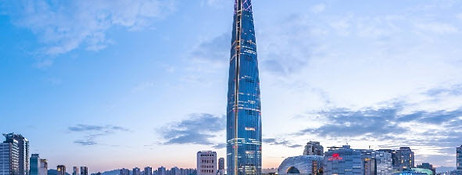
F4 Seoul full day course tour
09:00-18:00
Hotel-Pass by Blue House-Changing of the Guard at Gyeongbok Palace
Gyeongbok Palace-Folk Museum-Insadong-Duty Free Shop-Samcheong-dong-Han River cruise ship
Lotte World Tower - Hotel
not more than 6 or more people - Ask for a quote
1 P/P : ₩ 138,000 min. 5 people

H4 Hangang Tour Half Day
a.m : 09:00-12:30 p.m : 13:00-17:00
Hotel-Bukchon Hanok Village-Cheonggye Stream
Han River cruise ship-Ginseng Center-Hotel
not more than 6 or more people - Ask for a quote
1 P/P : ₩ 86,000 min. 5 people
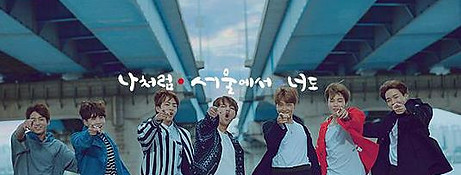
F5 A tour of the Korean Wave
09:00-18:00
Hotel-Hanbok-Gyeongbok Palace-Folk Museum
Lunch-SM Duty Free Shop - Running Man Experience
Insadong Street-Hotel
not more than 6 or more people - Ask for a quote
1 P/P : ₩ 127,000 min. 5 people

H5 Tour of the Korean Folk Village
a.m : 09:00-12:30
p.m : 13:00-17:00
Hotel Departure - Yongin Folk Village
Ginseng Center-Hotel
not more than 6 or more people - Ask for a quote
1 P/P : ₩ 96.000 min. 5 people
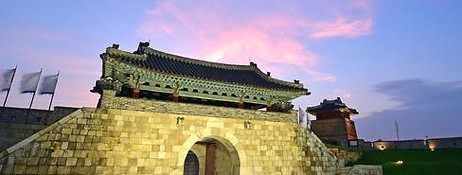
F6 Suwon Hwaseong & Folk Village Tour
09:00-18:00
Hotel departure--World cultural heritage (Suwon Hwaseong, Haenggung)--Lunch-Korean Folk Village - Performance - Duty Free Shop - Hotel
not more than 6 or more people - Ask for a quote
1 P/P : ₩ 136,000 min. 5 people
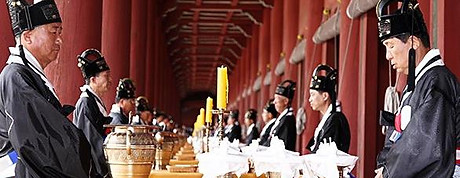
Reservation
INFORMATION
Reservation of tour :
Reservations must be made two days before the tour.
This is the pre-payment criteria for the tour reservation.
Include : Each language expert guide, vehicle, article, pick-up & sanding, entrance fee, lunch/ bibimbap, etc.
Pick-up and Sanding : Pick-up sandals are served at the hotel where guests stay in Seoul. Pick-up and sanding time may be delayed due to traffic and protest etc.
Payment item : You can pay by credit card, cash, and foreign currency. All products are based on supply price and add 10% additional tax.
Cancel Tour :
There will be a 100% cancellation fee for the cancellation of the tour on the day of the tour.
It is considered a cancellation of the tour on the day after 16 p.m. prior to the tour.

Gate Guard
The Commander of the Gate Guard(Sumunjang of Joseon) was the chief military officer who led the guards of the main gates of Joseon's capital, Seoul, such as Heunginjimun and Sungnyemun as well as the gates of Joseon's Royal Palaces including its main palace, Gyeongbokgung.
The main duty of Sumunjang was to devote himself to the peace and security of the dynasty by guarding the safety of the monarch and his family residing in the palace.
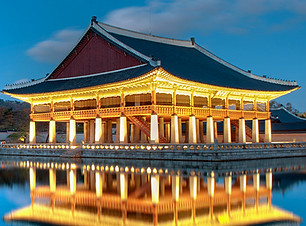
Gyeongbok Palace
It was in 1395, three years after the Joseon Dynasty was founded by King Taejo (Yi Seong-gye), when the construction of the main royal Palace was completed after the capital of the newly founded dynasty moved from Gaeseong to Seoul (then known as Hanyang). The Palace was named Gyeongbokgung Palace, the "Palace Greatly Blessed by Heaven."
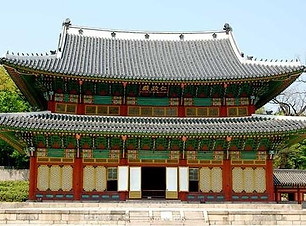
Changdeok Palace
Changdeokgung Palace is a palace built as the Yigung Palace in the 5th year of King Taejong's reign (1405) and the 3rd year of King Taejong's reign of the Joseon Dynasty. During its founding, important pavilions such as Injeongjeon Hall, Pyeonjeon Injunjeon Hall, Heedang Hall, and Daejojeon Hall were completed.
In the 12th year of King Taejong's reign (1412), Donhwamun was built and is now designated as a World Heritage Site.

Folk museum
On April 11, 1975, the former modern art museum building in Gyeongbok Palace was renovated and opened as the National Folk Museum under the Cultural Heritage Administration. On April 13, 1979, the title was revised to belong to the National Museum of Korea. It was relocated to the former Central Museum building in 1982, and the facility was constructed in 1992 to have a rooftop floor on the first basement floor and the third floor on the ground.

Namsan N Tower
The Namsan N Tower Observatory was jointly invested by three private broadcasting stations, Dong Ah Broadcasting Corporation, and Culture Broadcasting Station in December 1969, and was licensed to build a tourist observatory with a comprehensive tower, and was constructed with Korean technology and equipment and completed in August 1975 after six years of construction. If you climb the tower, you will be able to see Songaksan Mountain and Incheon Port at a glance, as well as throughout Seoul.
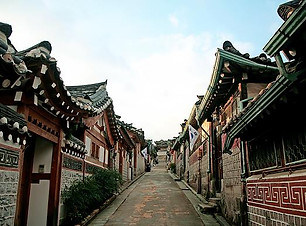
Hanok Village
The houses, known as Bukchon, are all tile houses of the Joseon Dynasty and have been preserved until now, retaining the structure of the upper class. Originally, there were only a few large houses with a soaring gate and 30 hanok houses in the neighborhood, but they increased to what they are now after the end of the Japanese colonial rule and the Korean War.

Korean Folk Village
It was opened in 1974 as Korea's own folk exhibition hall, which is a replica of the lifestyle of the late Joseon Dynasty. There is a combination of tile houses and straw houses on about 99 hectares of land. The biggest pride of the Korean Folk Village is its 270-unit traditional house, which is a replica of the life of the time in a folk house characterized by different provinces. It has restored the houses of ordinary people and yangban, which show the characteristics of each region, from the south to the central to the north to the island.
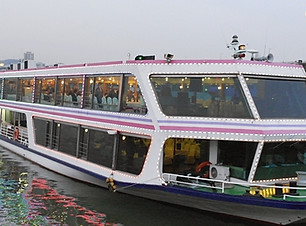
cruise ship
Since launching a cruise ship that runs east-west through the heart of Seoul on Oct. 26, 1986, six cruise ships (Euchelial Alfa, Echel Beta, Elpe 1, Elpe 2, C& Han Riverland, and Ubahho) have been operating at 10 dockyards as of the end of 2008. The operation of the cruise ship is in charge of C& Hangang Land, and as a natural space in the city center, it was introduced with the aim of promoting the Han River and Seoul to Koreans as well as foreign tourists, and further providing a rest area.
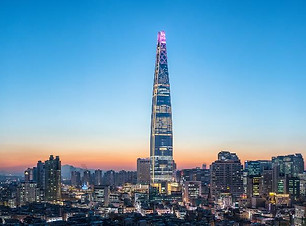
Lotte World Tower
As a skyscraper in Lotte World Mall complex, it was also called the Second Lotte World and Lotte Super Tower. In 1987, the site was established at the current location just next to Lotte World and the construction plan was pushed forward from 1994, but the construction began in May 2009 after a delay of about 15 years in the licensing process. After receiving the final construction permit on 11 November 2010, the construction began in earnest, and the current name was confirmed in December 2011.
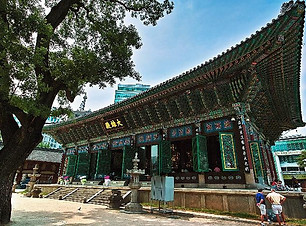
Jogye Temple
It is the headquarters of the Orthodox Church of Korea and is the center of Korean Buddhism where the Central General Staff and the Central Order of Buddhism are located. 1910 to the temple priests that are (Taejo of 4) in 1395 during the Han Yong-un ioegwang and (韓龍雲) (李晦光) and (覺皇寺) each of the yellow dust, his declaration of origin and, in Japanese occupationMain (太古寺), renamed Jogyesa after purification and 54 years against Buddhism.
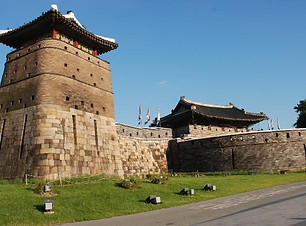
Suwon Hwaseong
Suwon Hwaseong Fortress was built as the second prince of King Yeongjo, the 22nd king of the Joseon Dynasty, as King Jeongjo was the second prince of King Seonjo, but was unable to rise to the throne due to partisan strife, and was relocated to the current location from Baebongsan Mountain in Yangju to the volcano in Suwon, the largest city in the Joseon Dynasty. It is now a world heritage site.
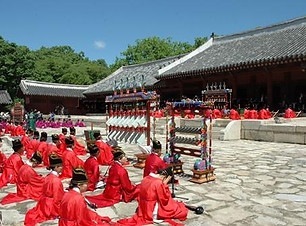
Jongmyo
It was designated as Historic Site No. 125 on January 18, 1963. The total area is 50,503 pyeong. It is located in Hunchung-dong, Jongno-gu, Seoul. Originally, it refers to a power outage, also known as Taemyo. The Jongmyo Islands, which first began in the Wu Dynasty of China, were introduced in the period of Shang and Zhu, where up to seven major dynasties enshrined in the tombs were enshrined, but changed to nine in the Ming Dynasty. In Korea, the first record of Jongmyo Shrine was set in 392 (the 9th year of King Googlyang). In Silla, it was made as a 5th and 7th memorial service in Goryeo.

Namdaemun Market
It is a representative general market in Seoul along with Dongdaemun Market. There are about 10,000 stores 65 square kilometers wide in a market where various kinds of items are sold to the point where it is said that it is easier to find things without them. It is busy with retail by day and wholesale by night.
The market has been formed here since the early Joseon Dynasty due to good location conditions next to Sungnyemun Gate, the main gate of Hanyang.
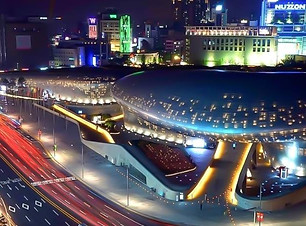
Dongdaemun DDP
It was designed to build a complex cultural space, including the promotion of commercial cultural activities following the development of parks and underground spaces in Dongdaemun Stadium, and the construction of supporting facilities for the design industry. The park paintings of Dongdaemun Stadium began to be discussed in earnest through the media in 2000, and the construction began in April 2009 and the Dongdaemun History & Culture Park was opened first in October and opened on March 21, 2014.
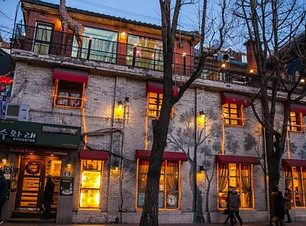
Samcheong-dong Street
The street, called "Samcheong" because of its clear mountains, water and people, covers Samcheong-dong, Palpan-dong, Anguk-dong, Sogyeok-dong, Hwadong, Sagan-dong and Songhyeon-dong on the northeast side of Gyeongbok Palace. Situated by artists' bickering along a quiet road leading to Bukaksan Mountain, it has become a street of culture representing Seoul, with galleries, gallery shops and distinctive restaurants. The street of Samrak, which is filled with restaurants, attractions, food and entertainment, will follow through the "Street of Art Museum."
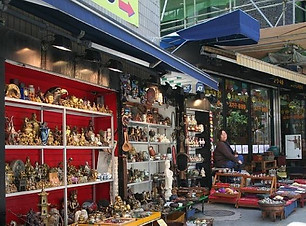
Insadong Street
It is 0.7km long and 12m wide. As it is short and narrow, the road name was first established on November 7, 1984, but it is much used, and the road name originated in Insa-dong, the center of the road. After being designated as the street of ' 의' in 1988, a street festival will be held every Sunday, starting April 13, 1997. There are a variety of traditional crafts that cannot be seen easily on the market, including ancient art, goldongje, and goldong paintings, as well as the living tools and accessories of the ancestors.
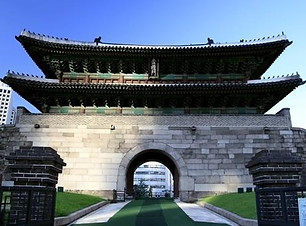
Namdaemun
Namdaemun (Sungnyemun Gate) is a five-kan-myeon, two-kan-side, and a middle-class Woojin-gak-roofed Dapo house. It is called Namdaemoon, which is the southern main gate of Seoul's capital city. It began to be built in 1395 (the 4th year of King Taejo's reign) and was completed in 1398 (the 7th year of King Taejo's reign), and was renovated in 1447 (the 29th year of King Sejong's reign). Now, it is a place to visit with many foreigners' Namdaemun Market.
